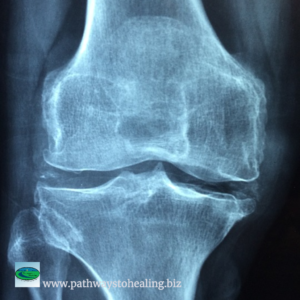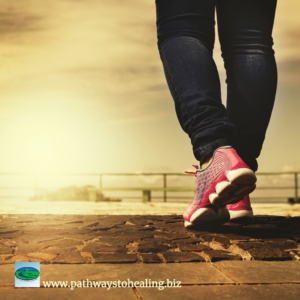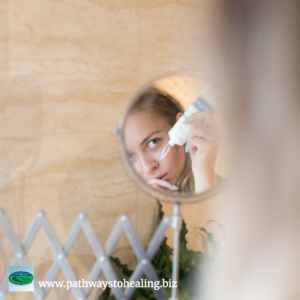By: Dr. Alyssa Musgrove – Pathways to Healing
Here are a few sobering statistics: One in three adults over the age of 65 has a serious fall each year. About 20 percent of women who fracture a hip become permanently disabled and another 20 percent die within a year.
While the elderly population is more prone to falls that can lead to serious complications, balance is important for all ages. Balance training can benefit everyone – whether you are older and want to improve basic day-to-day function or an athlete wanting to enhance performance and prevent injuries. With balance, it’s always best to be proactive. If we work on enhancing our balance and stability now, we can help prevent serious falls and injuries later.
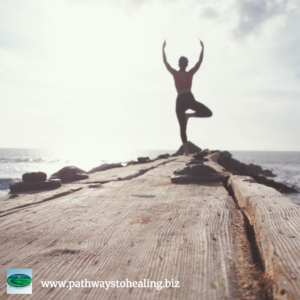 The key to maintaining our balance is staying active. By staying active and continuing to challenge our balance, we can improve our overall stability. While improving balance will certainly help protect you from falls, it also can help improve overall mobility and fitness, while also allowing you to maintain independence and complete daily activities with ease.
The key to maintaining our balance is staying active. By staying active and continuing to challenge our balance, we can improve our overall stability. While improving balance will certainly help protect you from falls, it also can help improve overall mobility and fitness, while also allowing you to maintain independence and complete daily activities with ease.
Below are six strategies you can begin incorporating into your daily routine to help strengthen the muscles that keep you steady on your feet.*
1. Incorporate simple exercises. The following exercises help strengthen the core and lower-body muscles, which are critical for stability.
* Exercise 1: This move helps improve one-legged balance. With feet together, pick up one foot with the knee facing forward or to the side. (Be sure to keep a stable chair or wall within arm’s reach for safety.) Hold the position with eyes open, then closed. Switch feet and repeat for four reps on each foot. You can also try to do this while you are washing the dishes. Once you can hold the pose for 30 seconds on each side, stand on a less stable surface, such as a couch cushion. To increase the challenge even more, do it with your eyes closed.
* Exercise 2: The same sobriety field test cops give drunk drivers also improves balance. Take 20 steps forward, heel to toe. Then walk backward, with toe to heel, in a straight line.
2. Strengthen those knees. Knee strengthening exercises, like leg presses and lateral movements with the arms, can help build strength. As knee strength builds, it helps improve proprioception awareness with the mind and body, and also allows you to continue a movement or action in place far longer with proper form.
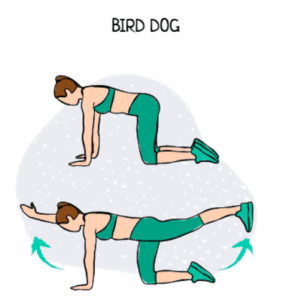 3. Consider Tai Chi or Yoga. Studies show Tai Chi participants were less likely to fall than those who took part in basic stretching programs or made lifestyle changes. Yoga works, too: According to Temple University research, women 65 and older who took twice-weekly yoga classes for 9 weeks increased ankle flexibility and showed more confidence in walking. That last part is important, says lead researcher Jinsup Song, PhD, “because when people are fearful of losing balance, they tend to do less to challenge themselves.”
3. Consider Tai Chi or Yoga. Studies show Tai Chi participants were less likely to fall than those who took part in basic stretching programs or made lifestyle changes. Yoga works, too: According to Temple University research, women 65 and older who took twice-weekly yoga classes for 9 weeks increased ankle flexibility and showed more confidence in walking. That last part is important, says lead researcher Jinsup Song, PhD, “because when people are fearful of losing balance, they tend to do less to challenge themselves.”
4. Work your core. This table top exercise increases core strength, which is directly linked to your balance. Using a mat to protect your knees, get on all fours on the floor in table top position. Make sure the back is flat and the neck is aligned with the spine. While looking at the floor, raise and extend your right arm and your left leg at the same time. Keep a tight core. Hold for 3–5 seconds and repeat on the other side. Perform 10 reps on each side.
5. Focus on the legs. Sturdy legs can help prevent a stumble from turning into a fall. To build quads, start with a simple squat: With feet hip-width apart, bend knees and hips and slowly lower yourself as if sitting in a chair behind you. Keep arms straight out, abs tight, back straight, and knees above shoelaces. Stop when thighs are parallel to the floor or as close as you can get, then contract the gluteal muscles in your buttocks as you stand back up. Aim for three sets of 10, with a one minute break after each set.
6. Sleep more than seven hours a night. A study at the California Pacific Medical Center showed how sleep deprivation reaction time is directly related to falls. Researchers tracked nearly 3,000 older women and 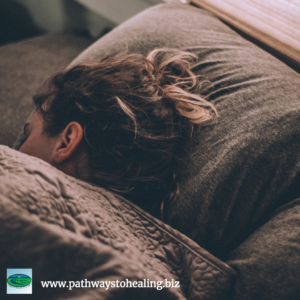 found that those who typically slept between five and seven hours each night were 40 percent more likely to fall than those who slept longer.
found that those who typically slept between five and seven hours each night were 40 percent more likely to fall than those who slept longer.
By incorporating these techniques, you should notice improvements in your balance, coordination, posture, core strength and agility. Most importantly, you’ll help prevent future falls and be able to maintain your independence for years to come.
*It is always important to seek expert training and support when possible. Work with a physical therapist or licensed trainer to ensure you are selecting the right exercises to help you reach your goals safely and effectively. If you have severe balance problems or an orthopedic condition, get your doctor’s clearance before doing balance exercises.
 Pathways to Healing specializes in holistic chiropractic care. Dr. Alyssa Musgrove draws on a variety of techniques, including chiropractic, kinesiology, nutrition, food allergy testing and lifestyle counseling to assist clients in achieving optimal health and wellness in one setting. Pathways to Healing is located at 1022 Founders Row, Lake Oconee Village, Greensboro. The office can be reached at 706-454-2040.
Pathways to Healing specializes in holistic chiropractic care. Dr. Alyssa Musgrove draws on a variety of techniques, including chiropractic, kinesiology, nutrition, food allergy testing and lifestyle counseling to assist clients in achieving optimal health and wellness in one setting. Pathways to Healing is located at 1022 Founders Row, Lake Oconee Village, Greensboro. The office can be reached at 706-454-2040.
